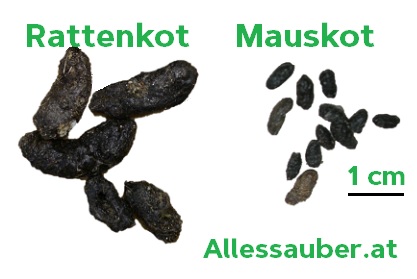

These baits have a lower risk for non-targeted animals, since multiple feedings are required.

These baits must be available continuously until all the rodents stop feeding (this may take 2-3 weeks). Rodents need several feedings (over 3-10 days and more for mice control) to be effective.

The treatment protocol for accidental poisoning is Vitamin K, which is readily available by veterinary professionals. The rodents do not associate the anticoagulant with death, so they do not develop bait shyness. Even though death is delayed, it is not painful. With anticoagulants death is delayed as it disrupts the normal blood clotting and causes internal bleeding. The first-generation anticoagulants require multiple feedings (multiple-dose) for a lethal dosage, and the second-generation anticoagulants (single-dose) require only one feeding for a lethal dosage. Anticoagulants can be put into two different categories: first-generation and second-generation anticoagulant baits.


 0 kommentar(er)
0 kommentar(er)
